I have a species table count (data) which consists on species discrete counts (columns) per sample (row). The samples are divided in 2 categories: control and stress which are represented in a design file by a single column: Condition. My idea: remove 10 samples (test), do a CCA on the (data - 10 samples) (train) and use the CCA to predict the coordinates of the 10 samples.
train.cca <- cca(train ~ Condition, data=design)
Here are the results:
Eigenvalues for constrained axes: CCA1 0.078
123 unconstrained eigenvalues (CA1...CA123)
I can represent the cca object with plot(train.cca):

Colours: blue(control) and red(stress).
The axes are built on CCA1 coordinates and the first unconstrained eigenvalue (CA1). Next, I tried to predict the test data (the 10 samples):
predict(object=train.cca, model="CCA", type="wa", newdata=test)
this function gives me a set of 10 CCA1 coordinates:
CCA1 0.92 0.25 0.13 0.41 1.49 0.18 0.99 1.44 2.03 0.17
My question is: how can I place these on the plot? All vegan examples (?predict.cca) have several CCA coordinates, so I am stuck with this 1-dimensional output that I can't represent in the plot (I miss the 10 CA1 coordinates). Am I doing the right thing?